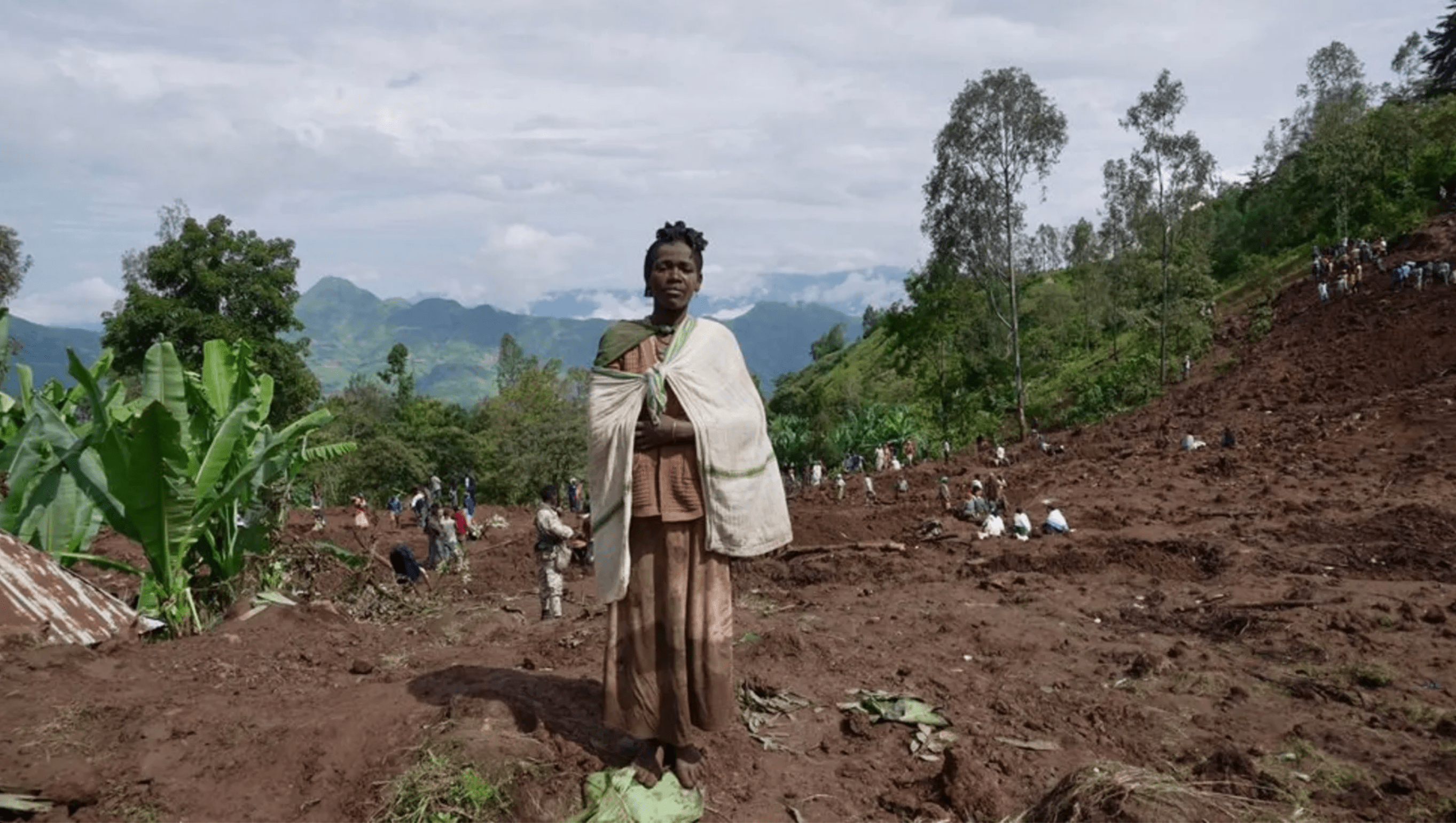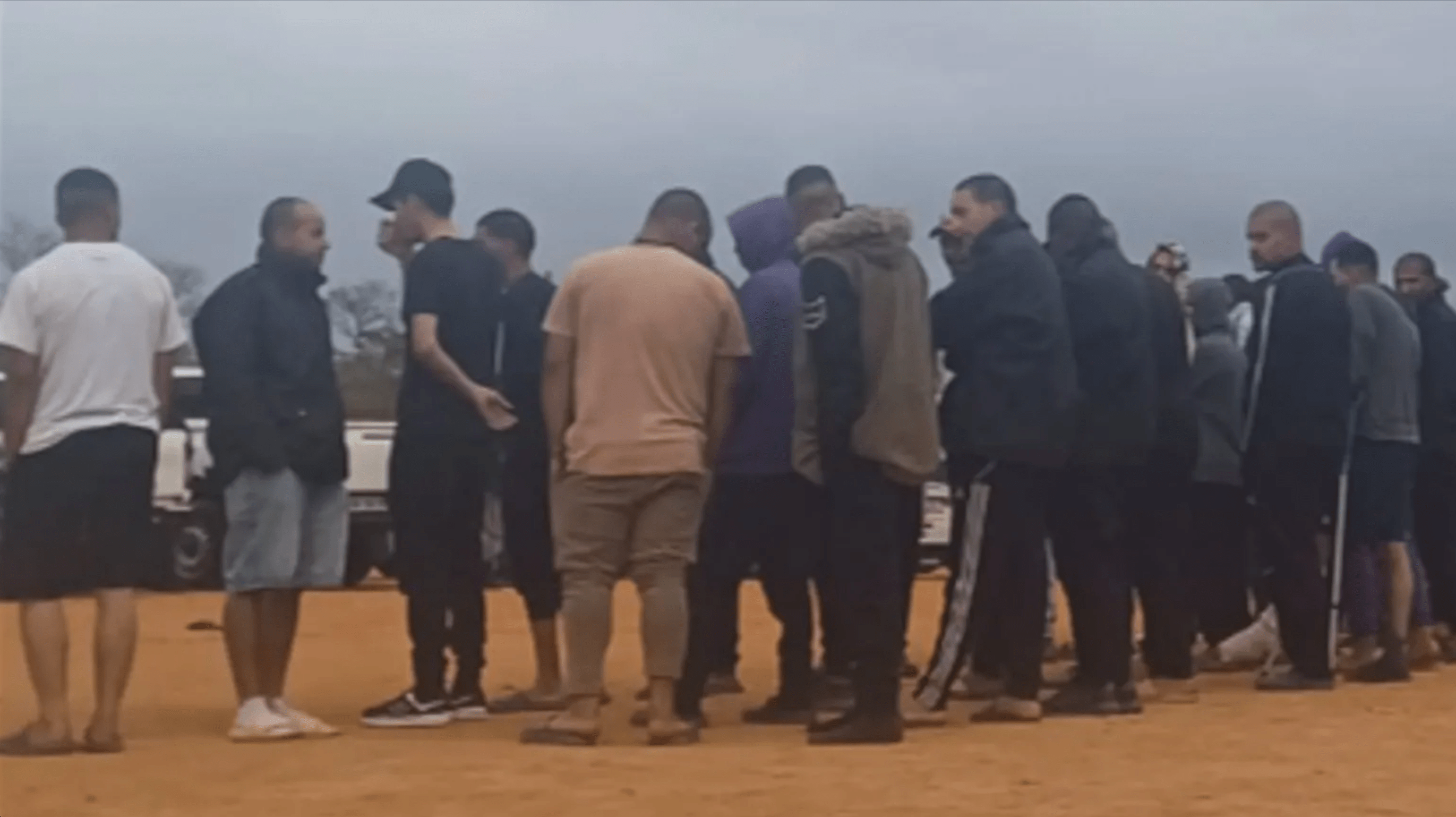COUNTRIES fishing in the southeastern parts of the Atlantic Ocean should join the international commission protecting marine resources, a senior Government official has urged.
Addressing the annual meeting of the South Eastern Atlantic Fisheries Organisation (Seafo) this week, Deputy Fisheries Minister Kilus Nguvauva said the body was guided by an international convention that nine states had signed since 2001, but five of them had not yet ratified. “Six years have passed but no progress was made to achieve the ratification of all nine.I urge the five signatory states and other states with real interest in the fisheries to accede,” Nguvauva said.On April 20 2001, the Convention on the Conservation and Management of Fishery Resources in the South-East Atlantic, the ‘Seafo Convention’, was signed by eight states and the European Community (EC).The signatories included all four coastal states in the region – Angola, Namibia, South Africa and the United Kingdom (on behalf of St Helena and its dependencies, Tristan Da Cunha and Ascension Island) – as well as distant water states, namely Iceland, the Republic of Korea, Norway, the United States and the EC.Seafo was established in March 2004 after the Convention came into force in April 2003.Angola, the European Union, Namibia and Norway ratified the Convention and are the only members at the moment, while South Africa is still in the process of joining.This year’s Seafo meeting, which ends today, will also reflect on the success of measures to reduce incidental mortality of sea birds, especially petrels and albatrosses, and animals like sea turtles by fishing gear adjustments and other technical measures.Seafo adopted at its third annual meeting in Windhoek a year ago measures recommended by its scientific committee to prohibit until 2010 fishing activities in ten marine areas of the South Eastern Atlantic to protect them.To monitor fishing activities, all vessels fishing in the Seafo area must have scientific observers on board and report their positions though vessel monitoring system (VMS) signals.Seafo also banned transhipments at sea in order to combat illegal, unregulated and unreported fisheries (IUU).It also adopted procedures to identify and blacklist illegal vessels and control and monitor fisheries though a record of vessels, placement of scientific observers, VMS and catch-reporting requirements.According to the latest list of vessels available on the Seafo website, 48 authorised vessels are listed – 37 from Spain, eight from Portugal, two from Japan and only one, the Crab Queen, from Namibia.Seafo also wants countries like Japan and Russia, currently fishing in the Seafo area, to join the organisation and accept the responsibilities and costs, thereby balancing the benefits they draw from their fisheries in the area.John Spencer, representing the EU, is the Seafo chairperson.Namibia marine fisheries expert Dr Hashali Hamukuaya is the Executive Secretary of Seafo, with offices in Swakopmund.”Six years have passed but no progress was made to achieve the ratification of all nine.I urge the five signatory states and other states with real interest in the fisheries to accede,” Nguvauva said.On April 20 2001, the Convention on the Conservation and Management of Fishery Resources in the South-East Atlantic, the ‘Seafo Convention’, was signed by eight states and the European Community (EC).The signatories included all four coastal states in the region – Angola, Namibia, South Africa and the United Kingdom (on behalf of St Helena and its dependencies, Tristan Da Cunha and Ascension Island) – as well as distant water states, namely Iceland, the Republic of Korea, Norway, the United States and the EC.Seafo was established in March 2004 after the Convention came into force in April 2003.Angola, the European Union, Namibia and Norway ratified the Convention and are the only members at the moment, while South Africa is still in the process of joining.This year’s Seafo meeting, which ends today, will also reflect on the success of measures to reduce incidental mortality of sea birds, especially petrels and albatrosses, and animals like sea turtles by fishing gear adjustments and other technical measures.Seafo adopted at its third annual meeting in Windhoek a year ago measures recommended by its scientific committee to prohibit until 2010 fishing activities in ten marine areas of the South Eastern Atlantic to protect them.To monitor fishing activities, all vessels fishing in the Seafo area must have scientific observers on board and report their positions though vessel monitoring system (VMS) signals.Seafo also banned transhipments at sea in order to combat illegal, unregulated and unreported fisheries (IUU).It also adopted procedures to identify and blacklist illegal vessels and control and monitor fisheries though a record of vessels, placement of scientific observers, VMS and catch-reporting requirements.According to the latest list of vessels available on the Seafo website, 48 authorised vessels are listed – 37 from Spain, eight from Portugal, two from Japan and only one, the Crab Queen, from Namibia.Seafo also wants countries like Japan and Russia, currently fishing in the Seafo area, to join the organisation and accept the responsibilities and costs, thereby balancing the benefits they draw from their fisheries in the area.John Spencer, representing the EU, is the Seafo chairperson.Namibia marine fisheries expert Dr Hashali Hamukuaya is the Executive Secretary of Seafo, with offices in Swakopmund.
Stay informed with The Namibian – your source for credible journalism. Get in-depth reporting and opinions for
only N$85 a month. Invest in journalism, invest in democracy –
Subscribe Now!






